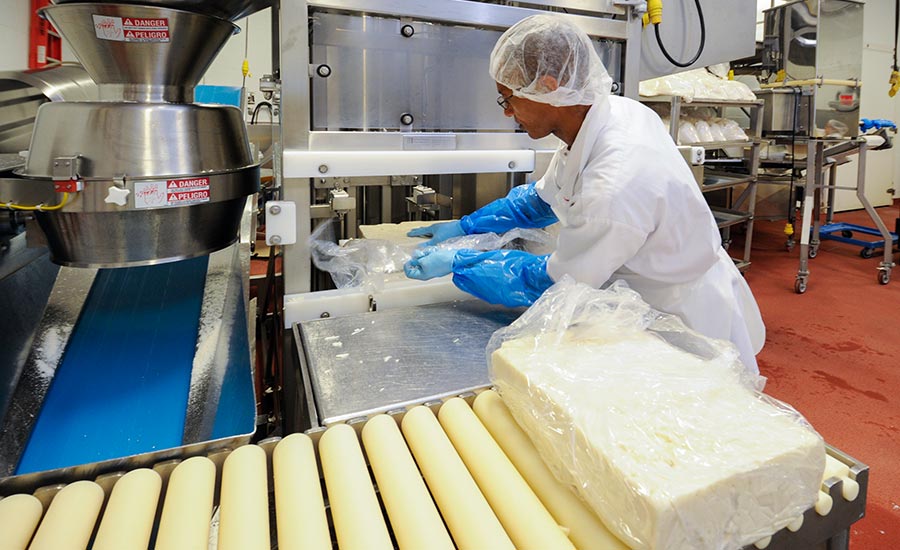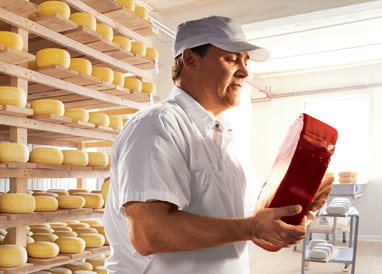Premier Cheese Makers in Melbourne: The Story of Floridia Cheese Thomastown
Premier Cheese Makers in Melbourne: The Story of Floridia Cheese Thomastown
Blog Article
Unlocking the Keys of Artisanal Cheese Making: A Step-by-Step Do It Yourself Guide
In the realm of cooking craftsmanship, artisanal cheese making stands as a testament to the delicate balance between tradition and advancement. Each action in the procedure, from selecting the ideal milk to perfecting aging strategies, holds within it a wealth of understanding gave via generations. As we begin on this trip to debunk the art of creating elegant cheeses, we are faced with a tapestry of skills and tricks waiting to be unraveled. Join us as we check out the ins and outs of this old craft, where science, art, and perseverance assemble to create flavors that tantalize the detects.
Picking the Right Milk
When embarking on the trip of artisanal cheese production, the selection of milk plays a critical duty in figuring out the top quality and qualities of the last product. The type of milk selected impacts the flavor, structure, and generally profile of the cheese.
When picking milk for cheese making, it is essential to think about the fat content. Greater fat material in milk can lead to a creamier and richer cheese, while reduced fat material might result in a drier and firmer texture. Furthermore, the source of the milk, whether from cows, goats, lamb, or buffalo, adds distinctive tastes and features to celebrity (Floridia Cheese). Each type of milk brings its own subtleties, allowing for a wide variety of cheese selections to be crafted based on the picked milk. Inevitably, the selection of milk is an essential decision that establishes the structure for an effective artisanal cheese-making undertaking.
Culturing and Coagulating
To launch the cheese-making process, the critical steps of culturing and coagulating should be carefully carried out to change milk into curds and whey. Culturing entails introducing helpful bacteria to the milk, which after that starts the fermentation process. These germs transform lactose (milk sugar) into lactic acid, producing the acidic environment needed for coagulation. The type of society utilized can significantly affect the taste, texture, and ripening of the last cheese product.

The timing and temperature level control throughout culturing and coagulation are critical factors that affect the last end result of celebrity. Correct implementation of these actions is Visit Your URL crucial to guarantee the preferred structure, taste, and uniformity of the artisanal cheese being generated.
Draining Pipes and Pushing Curds
After the milk proteins have coagulated and the curds have actually been cut to release whey, the following crucial action in artisanal cheese making involves draining pipes and pushing the curds to achieve the wanted appearance and uniformity of the final cheese item. The time for draining can vary depending on the type of cheese being made and the desired moisture content.
Pushing aids get rid of any kind of continuing to be whey and compacts the curds to create a strong cheese wheel. Appropriate draining pipes and pressing are important steps that substantially affect the high quality and attributes of the artisanal cheese being generated.
Aging and Flavor Techniques
Applying meticulous aging and flavor strategies is critical in improving the deepness and complexity of artisanal cheeses, raising their preference profiles to exquisite levels of refinement and refinement. Aging plays a crucial role in establishing the distinct tastes and structures that identify artisanal cheeses. During the aging procedure, cheeses are saved in thoroughly managed settings where elements such as moisture, airflow, and temperature are manipulated to encourage the development of advantageous mold and mildews and germs. This regulated atmosphere allows celebrity to mature gradually, establishing abundant flavors and complex fragrances.
Seasoning strategies also add substantially to the final taste of artisanal cheeses. Cheesemakers may select to introduce added flavors by incorporating components such as herbs, spices, or even fruits into celebrity throughout the manufacturing procedure. In addition, some cheeses are washed or rubbed with different liquids, such as brine or alcohol, to boost their appearances and flavors.
Wrapping and Keeping Cheeses

Verdict
In final thought, mastering the art of artisanal cheese making includes thoroughly picking the best milk, adhering to specific culturing and coagulating procedures, draining pipes and pushing curds successfully, and utilizing various aging and flavor methods. By following these actions carefully and with focus to information, you can create your own scrumptious and distinct cheeses in your home. Bear in mind to wrap and store your cheeses properly to make certain optimal flavor and appearance growth. Happy cheese making!
Each type of milk brings its own subtleties, allowing for a wide range of cheese ranges to be crafted based on the selected milk.After the milk proteins have coagulated and the curds have actually been cut to release whey, the next essential action in artisanal cheese making includes draining and pushing the curds to attain the preferred texture and uniformity of the last cheese product. The majority of cheeses need to be wrapped in wax paper or cheese paper to permit them to take a breath while shielding them from drying out. For cheeses that require to continue aging, such as bloomy peels or washed peels, ensure they are saved in a great weblink environment like a cheese cave or a fridge established to the suitable temperature level. By paying focus to the wrapping and storage of artisanal cheeses, cheese manufacturers and fanatics can preserve the stability of these delicacies and totally enjoy their intricate flavors.
Report this page